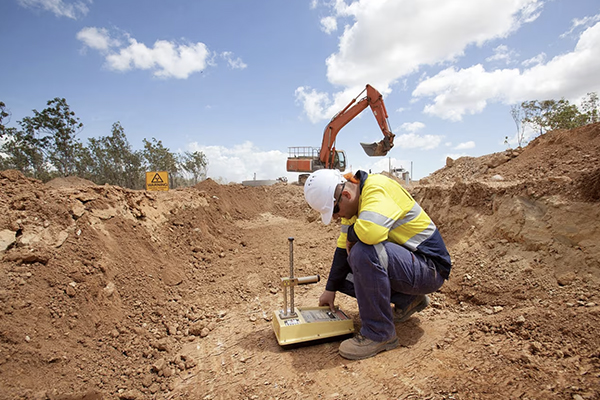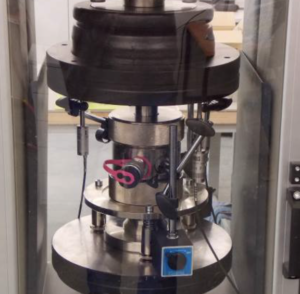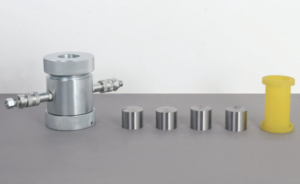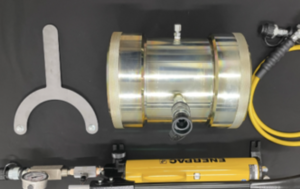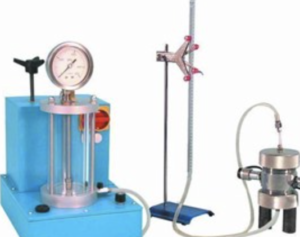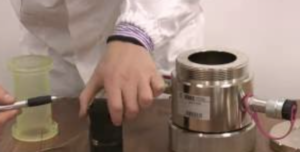Soil testing is a cornerstone of modern agricultural, construction, and environmental practices. By unveiling soil composition and properties, it guides critical decisions in land use, crop management, and infrastructure development.
What Is the Purpose of Soil Testing?
Soil testing serves multiple objectives across various sectors:
- Nutrient Management1: Identifies nutrient levels and deficiencies, enabling efficient fertilizer applications for optimal crop yields.
- Construction Safety2: Determines bearing capacity and potential soil settlement, which influence foundation and structural designs.
- Environmental Protection3: Detects contaminants or changes in soil composition, helping monitor pollution or remediation efforts.
- Resource Optimization: Guides water usage and irrigation scheduling by assessing soil moisture-holding capacity and infiltration rates.
By revealing soil’s properties and limitations, engineers, farmers, and environmental professionals can make data-driven decisions that maximize productivity and minimize risks.
Table 1: Common Reasons for Soil Testing and Their Outcomes
| Reason | Example Outcomes | Stakeholders |
|---|---|---|
| Nutrient Management | Balanced fertilization plans, higher crop yields | Farmers, Agronomists |
| Construction Safety | Stable foundations, reduced risk of settlement | Engineers, Contractors |
| Environmental Protection | Detection of pollutants, improved remediation plans | Environmental Consultants |
| Resource Optimization | Water-use efficiency, erosion control | Water Resource Managers |

Which Method Is Used for Soil Testing?
A variety of methods exist, each targeting specific soil characteristics:
- Triaxial Compression Test: Common in geotechnical labs4 for measuring soil shear strength. Engineers use the data for foundation design and slope stability analysis.
- Cone Penetrometer Testing (CPT): A rapid, in-situ test that measures soil resistance, offering a continuous profile of subsurface conditions.
- Chemical Analysis: Assesses pH, nutrient levels (N, P, K), and contaminants. pH meters5, EC meters, and laboratory-based nutrient test kits are used in agriculture and environmental sectors.
- Compaction (Proctor) Testing: Determines optimal moisture content and maximum dry density to ensure stable embankments6 and road subgrades.
- Grain-Size Distribution (Sieve & Hydrometer Tests): Classifies soil into sand, silt, and clay fractions, aiding drainage design and soil classification.
Table 2: Selected Soil Testing Methods and Their Applications
| Method | Primary Purpose | Typical Industries | Key Parameter |
|---|---|---|---|
| Triaxial Compression | Shear strength & stress-strain data | Geotechnical Engineering, Construction | Cohesion (c), Friction (φ) |
| Cone Penetrometer (CPT) | In-situ soil resistance profiling | Site Investigation, Geotechnical | Continuous soil resistance |
| Chemical Analysis | Nutrient & contaminant levels | Agriculture, Environmental Monitoring | pH, NPK, heavy metals |
| Proctor Compaction | Moisture-density relationship | Road Building, Earthworks | Optimum water content, MDD |
| Grain-Size Distribution | Soil texture classification | Drainage Design, Soil Classification | Sand, silt, clay fractions |
Note: The “best” method depends on project goals—ranging from crop nutrition and pollution checks to structural stability in construction.
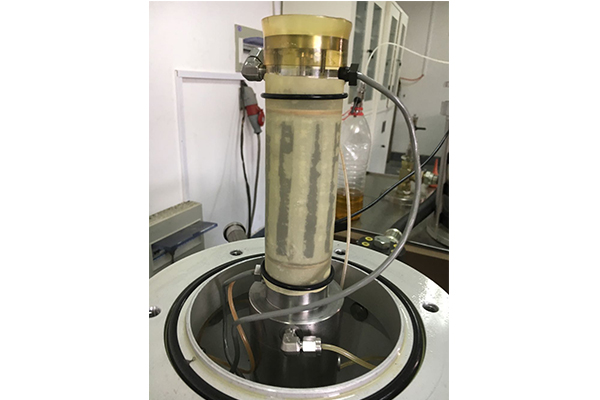
Why Is Soil Quality Analysis Important?
Soil quality directly influences crop viability, structural integrity, and ecological balance7. Key reasons for prioritizing soil analysis include:
- Sustainable Farming: Healthy soil with balanced nutrients promotes robust crop growth and reduces reliance on excessive fertilizers.
- Public Health & Safety: Identifies heavy metals or toxic substances that could pose risks to humans or wildlife.
- Resource Conservation: Helps maintain soil fertility, preventing over-exploitation8 and erosion issues, ensuring the land remains productive for future generations.
- Cost Efficiency: By pinpointing exactly what amendments or treatments are needed, organizations avoid unnecessary expenditure on fertilizers, soil conditioners, or remediation procedures.
Regular, in-depth soil analysis forms the basis of long-term land stewardship, enabling industries to manage resources responsibly and profitably.

How Often Should Soil Testing Be Done?
The frequency of soil testing varies with land use, soil type, and project goals:
- Agricultural Land: Annual or biannual testing is common, especially before planting or after harvest. This helps farmers adjust nutrient management strategies and address pH imbalances early.
- Construction Projects: Typically done at the start of a project to guide foundation design; may be repeated if site conditions change or additional phases of development occur.
- Environmental Monitoring: Regular testing (e.g., quarterly or semi-annually) may be warranted in contaminated sites or areas prone to pollution.
- Home Gardens and Landscapes: An annual test often suffices, allowing gardeners to fine-tune soil amendments and maintain healthy plant growth.
Table 3: Recommended Soil Testing Frequency by Sector
| Sector | Suggested Testing Interval | Key Focus |
|---|---|---|
| Agriculture | 1–2 times/year | Nutrient levels, pH balance |
| Construction | Project start (and as needed) | Bearing capacity, compaction |
| Environmental | Quarterly to semi-annually | Contaminants, pollution tracking |
| Home Gardens | Annually | pH, nutrient balance |
A proactive approach—testing periodically—detects soil changes promptly, enabling swift interventions that minimize costs and protect land value.
-
Explore this link to learn effective strategies for optimizing nutrient levels in crops, ensuring better yields and sustainable farming practices. ↩
-
This resource will provide insights into how soil testing ensures safe and stable foundations, crucial for any construction project. ↩
-
Discover how soil testing helps in monitoring pollution and guiding remediation efforts, vital for protecting our environment. ↩
-
Explore this link to understand the latest techniques and standards in geotechnical labs, enhancing your knowledge in soil testing. ↩
-
Learn about the functionality and importance of pH meters in soil analysis, crucial for agriculture and environmental studies. ↩
-
Discover essential factors for designing stable embankments, ensuring safety and durability in construction projects. ↩
-
Understanding these concepts is crucial for sustainable agriculture and environmental health. Explore this link for in-depth insights. ↩
-
Learn about the detrimental effects of over-exploitation on soil and how to prevent it for future agricultural success. ↩

